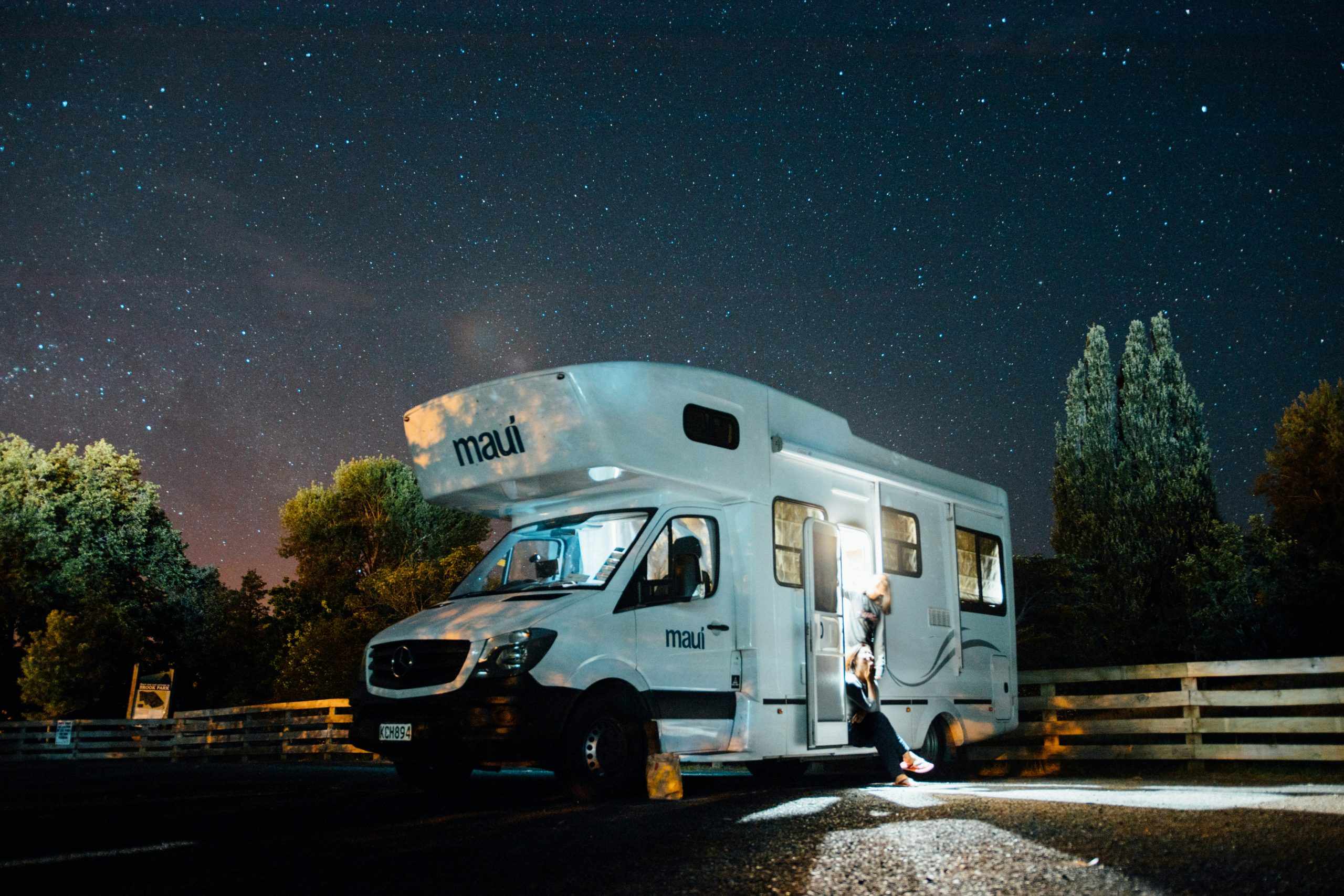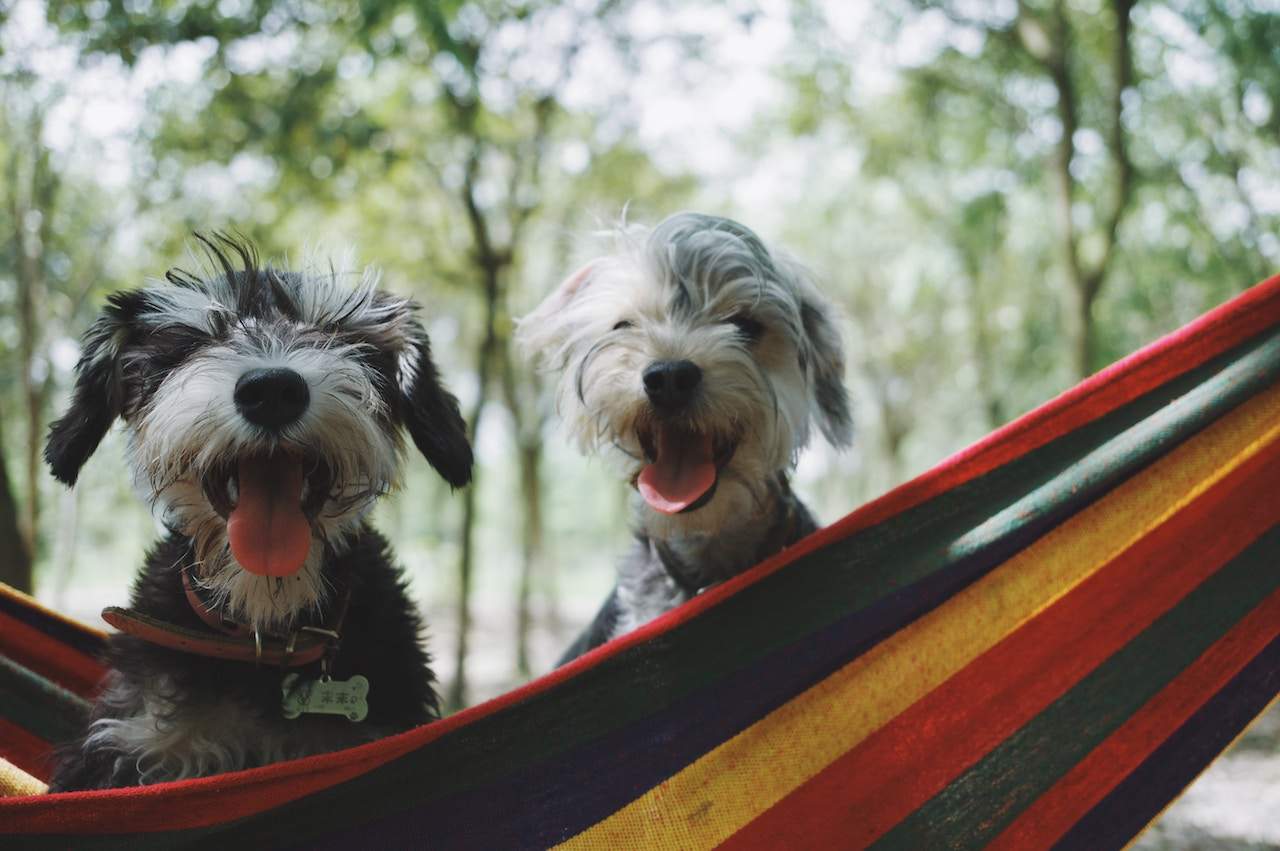The sun is out and so is school, which means it’s time to hit the road and head into the great outdoors. Summer is the perfect time to bring your dog along with you. After all, what’s better than fresh air, clear lakes, and rugged trails than enjoying them with your four-legged friend. Here’s our list of eight things to know before taking your dog camping.
Camping is a great activity for everyone. And as easy as it is to think that being in the wilderness is natural and effortless for your dog, it’s important to remember that, for most dogs, camping is a learned skill. Just like the commands “sit,” “stay,” or “down”—“camping” takes practice and training.
Whether you’re loading up the RV for a weekend at your nearest state park or getting packed up for a backcountry thru-hike, adhere to the following guidelines before bringing your dog along.
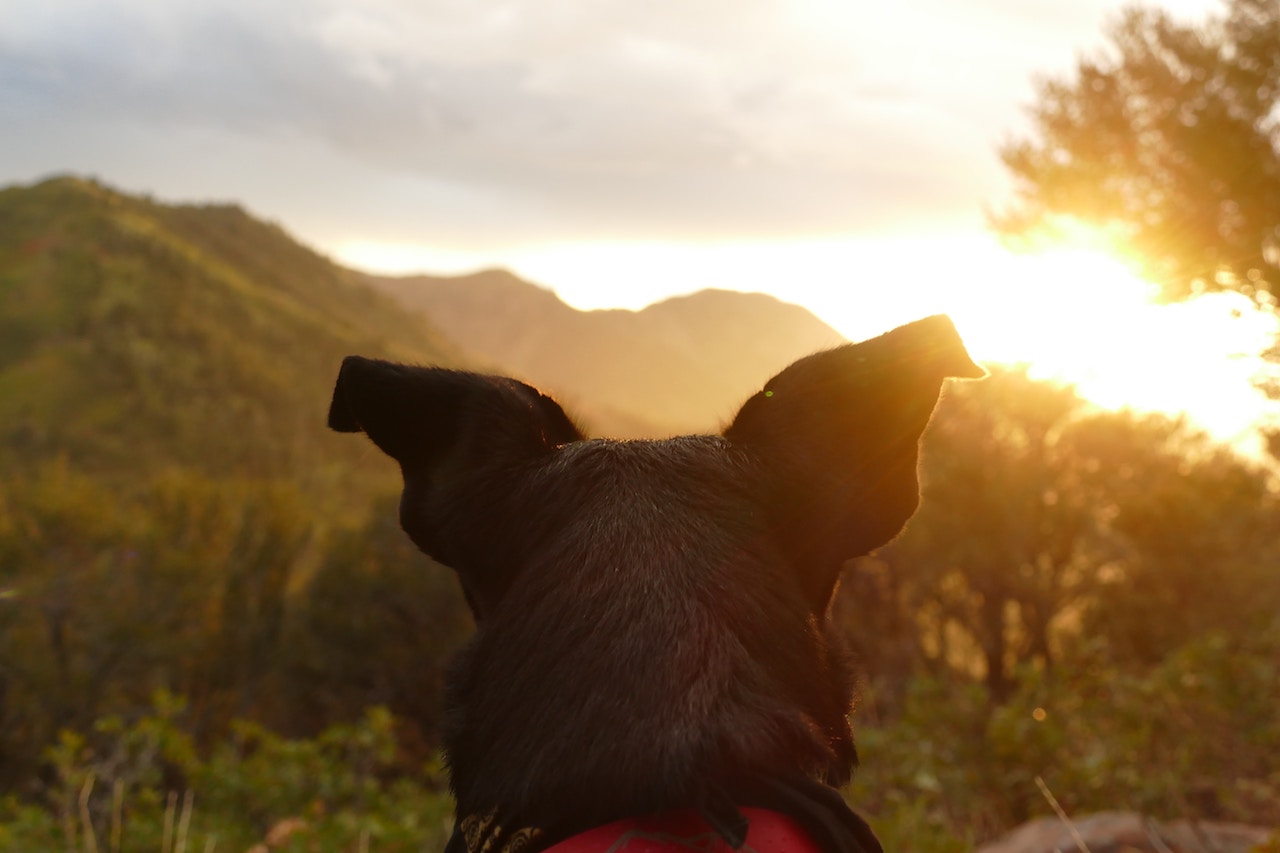
Skills Your Dog Should Know Before Camping
1. Basic obedience. Sit, down, stay, come, leave it, drop it. An understanding of these basic commands will keep your dog safe in new environments.
- A “sit,” “stay,” or “down” command can be used when strangers pass by your campsite—this helps your dog stay calm and is also courteous to fellow campers. A “down” or “place”—such as on a mat or chair—command tells your dog that it’s time for relaxing, not playing.
- “Leave it” and “drop it” are life-saving skills should your dog decide to sample some questionable wilderness mushrooms or steal errant utensils.
- “Come” is the quintessential requirement for off-leash romping. While most state and national parks enforce strict leash-laws, venturing a few miles outside of civilization can earn you some extra space in the woods. Pro tip: Make sure your dog’s recall is solid before you hit the woods and unclip the leash. First, practice “come” in controlled situations, then slowly work up to practicing the command in more challenging environments.
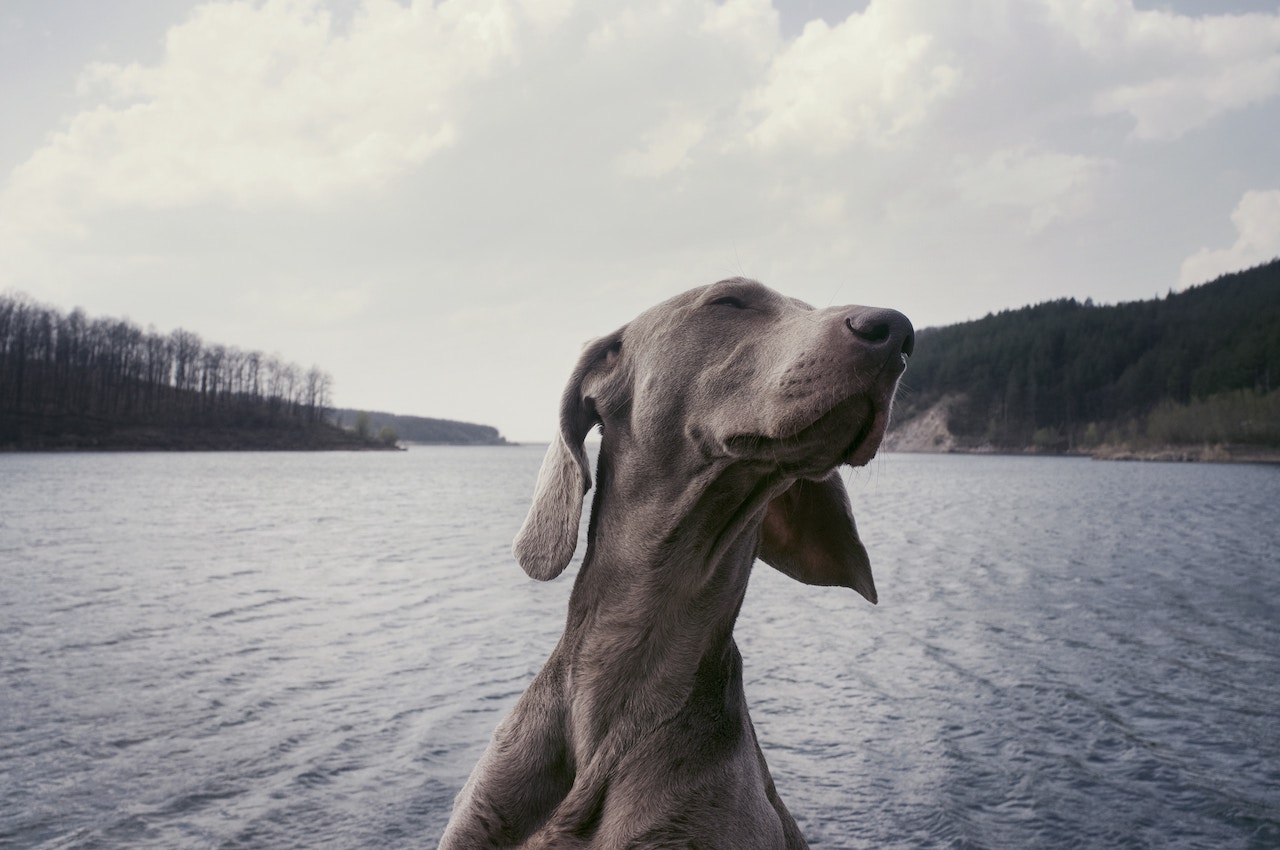
2. Trail etiquette. Keep your dog leashed. Don’t assume that all other dogs are dog-friendly. Instead, keep a respectful distance from others. Move aside for oncoming hikers, bikers, and horses. Lastly: Always pick up pet waste.
3. Fitness. Is your dog fit enough to handle a weekend of outdoor adventure? As anxious as you are to blaze trails together, make sure you’ve taken the time to get your dog into shape first. Dogs will easily overheat or injure themselves from excitement. Many dogs don’t know how to tell if they’ve had enough and can run themselves into an injury. Take it easy, slowly ramping up hike mileage, and give your dog time to get fit.
- Watch for signs of overexertion: symptoms may include sudden weakness, collapse, excessive panting, hyperventilating, erratic pulse, bright red or blue gums or convulsions.
Things You Should Know Before Taking Your Dog Camping
1. Adhere to campground etiquette
- Bring a leash and tie-out—a long cable line, like this—for your dog. Dogs must not be left unattended at any time. You can use a tie-out or an exercise pen in your campsite. Otherwise, your dog should be leashed and with you at all times. Dogs should not wander the campgrounds and they should never be left unattended. Tie-outs should be secured in the ground or around sturdy trees. Be sure your dog has access to water and shade. For inexperienced dogs, provide a chew or interactive toy so they don’t become restless or disruptive while tied.
- If your dog is crate-trained, try bringing his crate along, at least for the first few trips. This will give your dog a guaranteed secure and safe place to sleep at night. Another option? Designate a towel, blanket, or chair for your dog to call his “place.” Use these places to rest during downtime or at night.
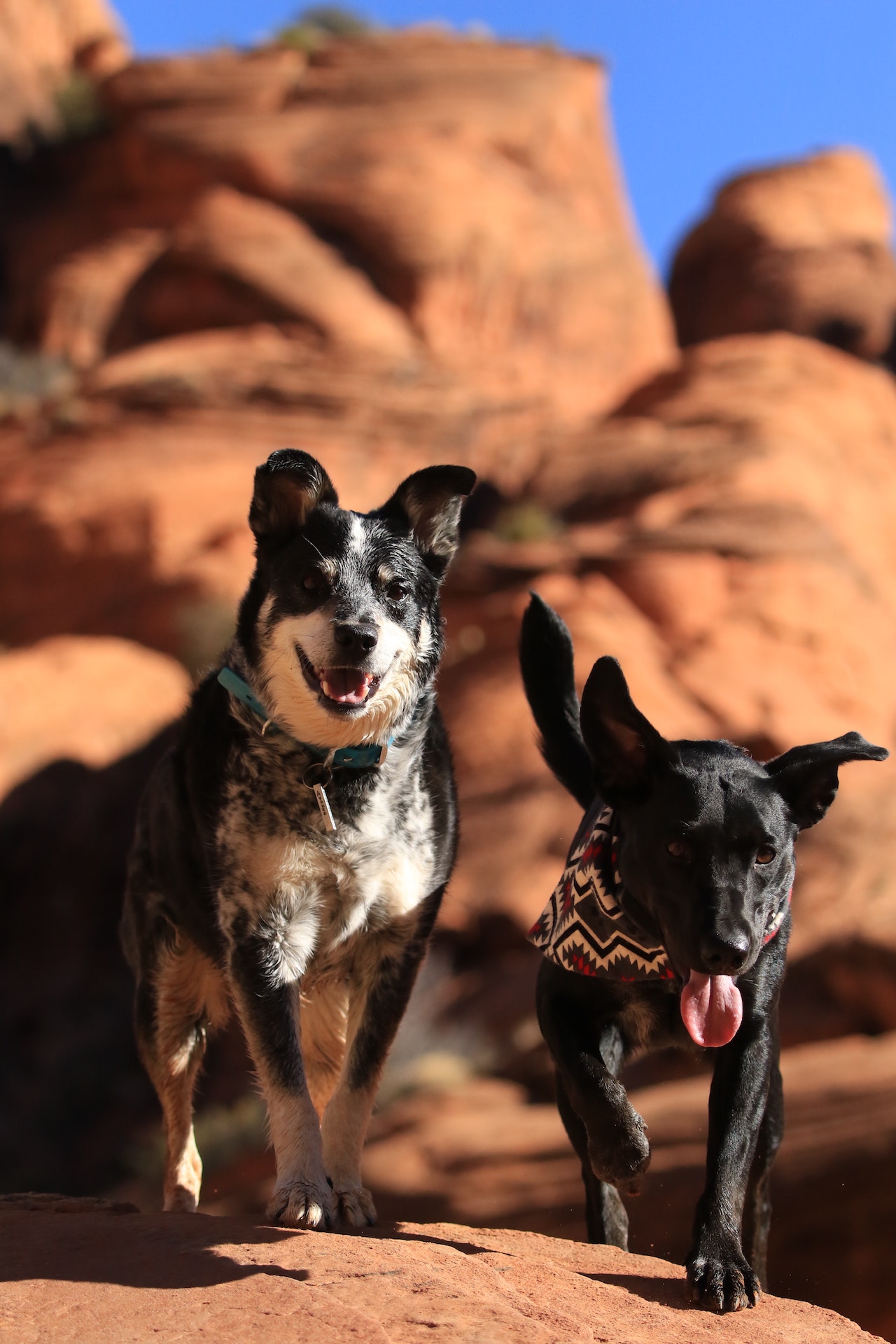
2. Pick up all pet waste
Either designate a specific out-of-the-way bag for poo, or use the campsite garbage bin. Are you going hiking in the backcountry? Be sure to bury all pet waste at least 6 inches underground and at least 200 feet away from water sources. Be courteous of your neighbors, keep your dog contained in your campsite, and try to keep barking to a minimum.
- Barking. The woods are full of new and startling sounds and it’s not uncommon for inexperienced dogs to bark at every creaking tree or playing child. Even campgrounds that have quiet hours will have people wandering throughout the night. Create a proactive plan for bark-prevention: exercise, chews, and toys.
- Pro Tip: A tired dog is a happy dog. Make sure he gets plenty of exercise during the day so that he’s tired when it comes time to rest by the fire or go to bed. Provide lots of chews, interactive toys, and treats to keep your dog’s attention focused on the treat, rather than on sounds or people. Remember: your dog needs to learn that this new place is “home,” so getting him to relax might be a challenge at first. Stay positive, stay patient and bring lots of small training treats to reward good, quiet behavior.
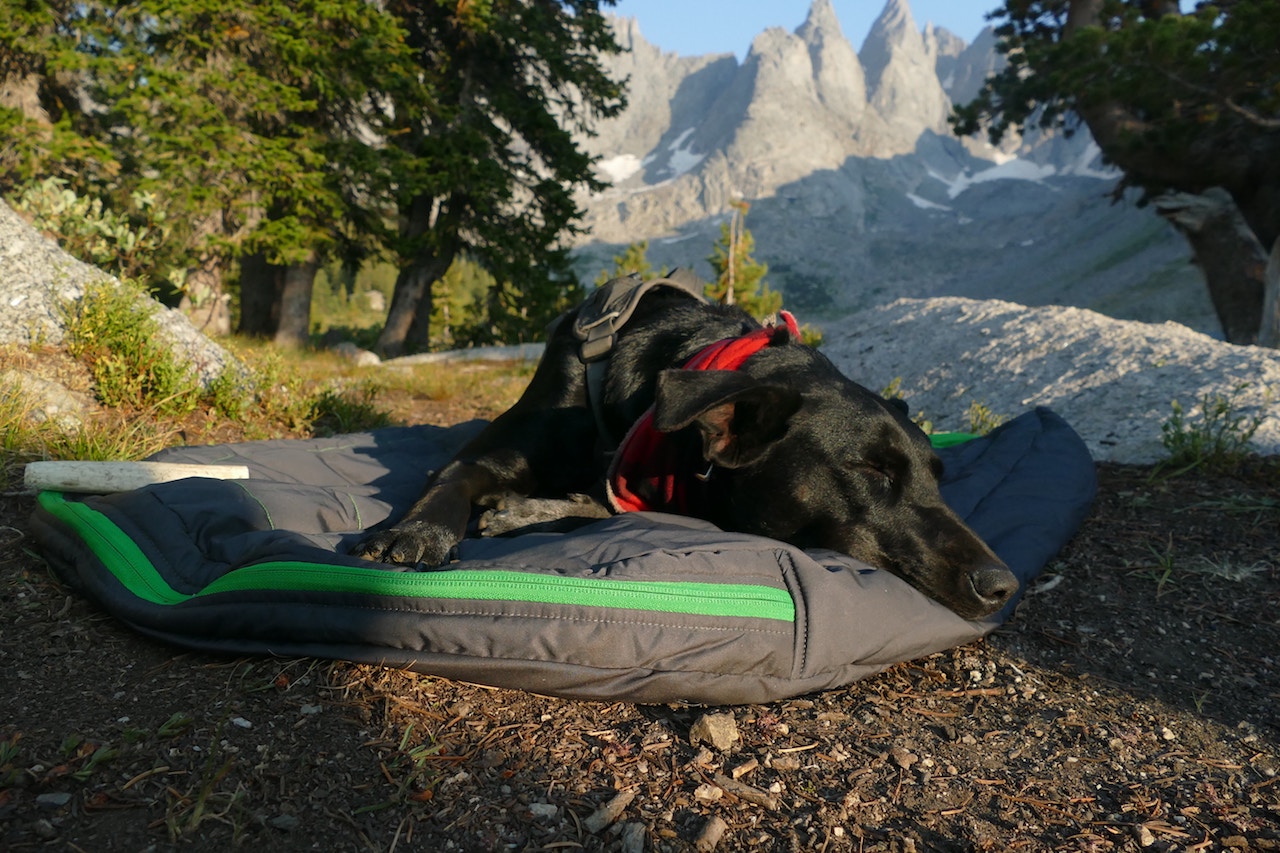
3. RV campers
Temperature control is essential. Keep a thermometer on-hand, such as on the dashboard or somewhere accessible, like the kitchen. Never leave your pets unattended, and if you don’t have the option for air conditioning, keep fans going and windows open for constant air-flow.
Using a generator? Make sure you’ve got back-up precautions in place, such as portable generators, campsite hook-ups, and battery-operated fans.
4. Backcountry hikers
Verify whether you need a backcountry permit and make sure that dogs are permitted in your planned hiking and camping area.
- Pro Tip: As a general rule of thumb, dogs are permitted anywhere cars can go. However, not all established campsites allow dogs, so check before you leave.
5. Extra food
Pack extra food—an additional 2 to 3 meals in case of emergency or weight loss—high calorie treats, and training treats.
In general, dogs burn more calories on outdoor trips. Added activity, new stimulation, and excitement will all contribute to your dog burning more energy than normal. It’s not uncommon for active dogs to drop weight on even a quick weekend excursion. Pack more food than you think you’ll need to account for weight loss or an emergency.
Feeling inspired to take your dog with you on your next camping trip? Outdoorsy has more dog-friendly RV rental options than you can shake a stick at.

